10 Effective Emotional Regulation Activities For Students of All Ages
Introduction
Emotional regulation activities play a big role in helping students build resilience, and develop better relationships with others. When students learn to manage their emotions, they can handle stress, and adapt to challenges. These skills not only improve their performance in school but also create a more positive and supportive classroom atmosphere.
Understanding why emotional regulation activities are so important can give teachers the motivation to include them in their daily routines. Here are some key reasons to consider them:
- They help reduce classroom disruptions. When students have tools to manage their emotions, they are less likely to act out, leading to a calmer and more focused learning environment.
- They support students’ mental health. Teaching students how to regulate emotions provides lifelong strategies to cope with anxiety, frustration, and other challenges.
- They encourage better peer relationships. Students who can regulate their emotions tend to communicate more respectfully and work better with others, building a stronger sense of community.
Understanding Emotional Regulation
Emotional regulation is the ability to understand, and manage emotions in a healthy way. It helps individuals respond thoughtfully instead of reacting impulsively to situations. For students, these skills are essential as they navigate academic pressures, and social interaction. Emotional regulation is not about suppressing emotions but rather learning how to express them in a constructive and adaptive way.
Emotional Regulation Across Different Age Groups
Emotional regulation develops over time and looks different at various stages of a child’s growth. Tailoring activities to their developmental needs ensures they get the most benefit.
1. Younger students (elementary):
Children in elementary school are just starting to identify and label their emotions. They may struggle to manage impulses or express feelings in words. Activities for this age group should focus on helping them recognize emotions, develop self-soothing strategies, and practice mindfulness in simple, engaging ways.
2. Middle schoolers:
During middle school, students face increasing emotional and social complexities. Hormonal changes and peer pressures can amplify their emotional responses. This age group benefits from activities that promote self-awareness and teach coping mechanisms for managing stress and conflict. Introducing structured reflection, like journaling or guided discussions, can be particularly effective.
3. High school students:
By high school, students have a greater capacity for abstract thinking, which allows them to analyze their emotions more deeply. However, they are also under heightened academic, social, and personal stress. Activities for this age group should focus on refining emotional regulation skills, such as problem-solving, conflict resolution, and mindfulness practices that they can carry into adulthood.
Is It a Teacher’s Job to Teach Emotional Regulation?
Some might think emotional regulation is something students should learn at home, but teachers play a big role too. Schools are where students spend most of their time, and teachers often notice behaviors or struggles that parents might miss. This gives educators a unique chance to help students build emotional skills that not only improve their school performance but also their overall well-being.
What does this mean for teachers?
Supporting emotional regulation doesn’t mean becoming a therapist. Instead, it’s about:
- Creating a safe environment where students feel comfortable expressing their emotions.
- Modeling healthy behavior by demonstrating calm and thoughtful responses to stressful situations.
- Incorporating small, impactful practices, like leading short breathing exercises or teaching simple emotion-management tools.
Emotional Regulation Activities That Work For All Student Age Groups
1. Take a few deep breaths together before starting the lesson.
A few deep breaths can reset the atmosphere in the classroom, bringing everyone into a calm and focused state before the lesson begins. Deep breathing helps students lower their stress levels, and get ready to engage in the day’s learning. This practice doesn’t take long but has a powerful effect on emotional regulation.
Breathing exercises to try:
- Simple deep breathing: Inhale for 4 counts, hold for 4, exhale for 4.
- 5-finger breathing: Trace your hand with your finger, inhaling as you go up and exhaling as you go down each finger.
- Bell breathing: Use a bell to signal the beginning of each breath cycle, helping students focus.
A few minutes of breathing together can create a peaceful atmosphere that supports emotional regulation and helps everyone start on the right foot.
2. Use a “feelings check-in” at the start of the day.
A feelings check-in helps students identify and express their emotions in a safe, non-judgmental way. It sets the tone for the classroom and encourages emotional awareness from the moment students walk in.
Ways to check-in:
- Emoji check-in: Show emotion cards or emojis, and have students pick the one that best represents their current feeling.
- Color wheel: Ask students to choose a color that reflects their mood (e.g., red for angry, blue for calm, yellow for happy).
- Mood chart: Display a chart with different emotional states and ask students to point to where they are on it.
If you’re using PowerPoint to present and deliver lessons, adding ClassPoint will enhance your slides with interactive quiz features, including a Word Cloud activity.
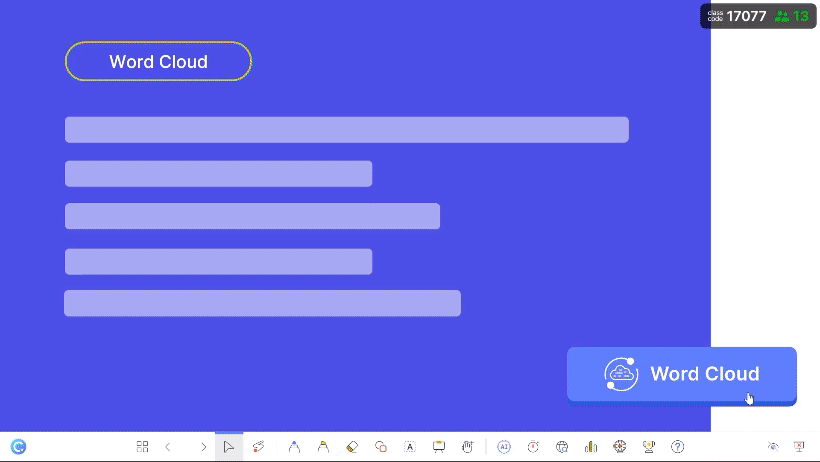
Word clouds are an excellent tool for conducting class-wide check-ins. With ClassPoint’s Word Cloud, you can collect and display students’ responses in one visual cloud, allowing you to review the class’s collective thoughts as well as individual contributions.
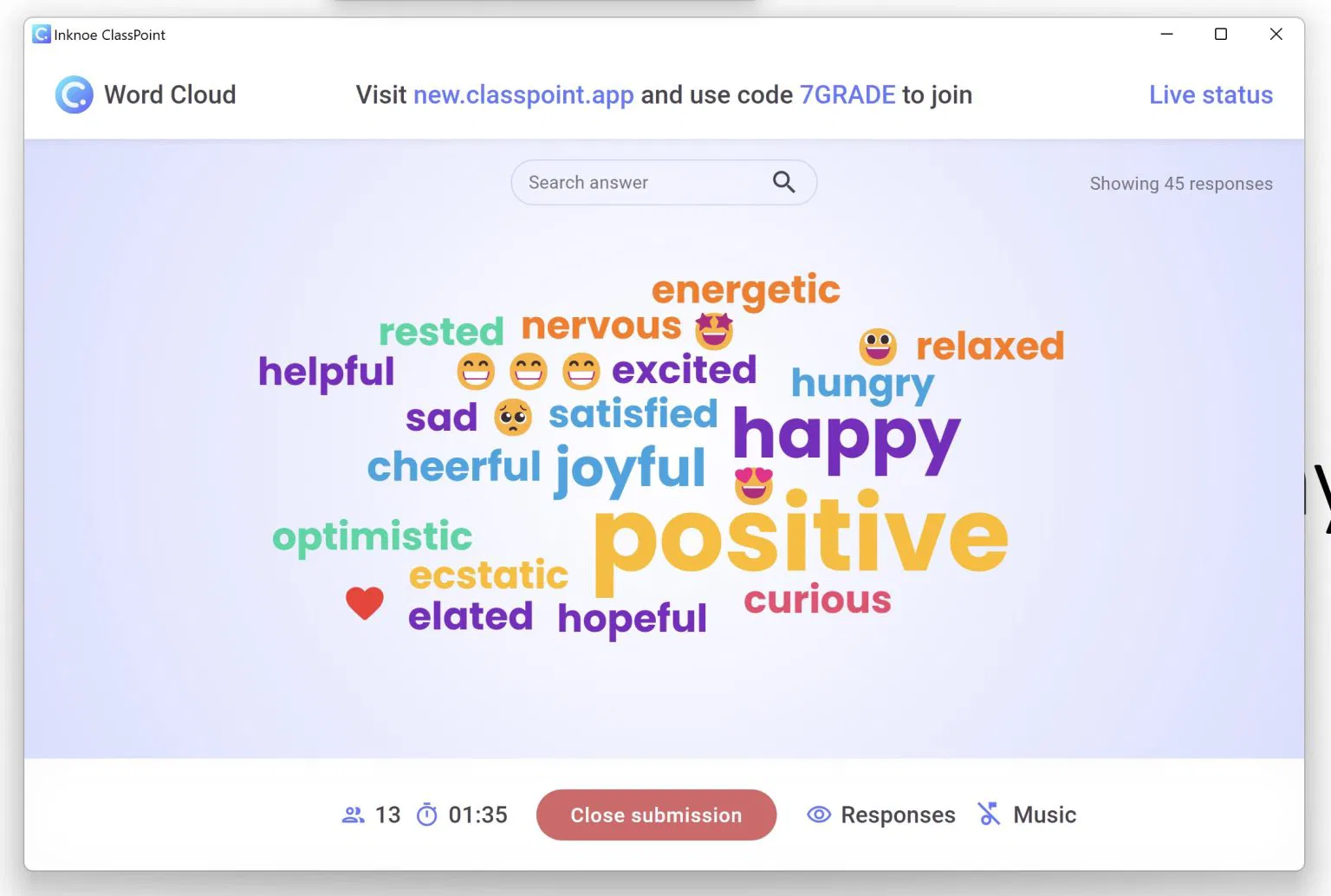
Here's a step-by-step guide on how to Create an Interactive Word Cloud in PowerPoint.
data-title="Try ClassPoint for Free"
data-description="800,000+ educators and professionals use ClassPoint to boost audience engagement right inside PowerPoint."
data-cta-text=""
data-cta-link="">
3. Teach mindfulness techniques.
Mindfulness techniques help students focus on the present moment, increasing self-awareness and emotional regulation. By practicing mindfulness, students learn to manage stress and tune into their feelings in a constructive way.
Mindfulness practices:
- Body scan: Guide students to notice how each part of their body feels, from head to toe. This encourages body awareness and relaxation.
- Mindful listening: Have students focus on sounds around them for a minute, training them to be present and aware of their surroundings.
4. Use emotion flashcards to help students identify and label their feelings.
Emotion flashcards are an excellent way to help students put names to their emotions. Understanding and labeling feelings is a crucial step in emotional regulation, as it allows students to recognize when they’re feeling overwhelmed or upset and take steps to manage it.
How to use flashcards:
- Emotion cards: Show cards with different facial expressions and have students choose one that matches their emotion.
- Emotion charades: Have students act out an emotion for others to guess. This helps them practice identifying emotions and expressing them in a fun way.
- Emotion wheel: Create a wheel with different feelings and have students spin it to discuss how they feel.
In building emotional regulation flashcards, you can leverage AI. Edcafe AI, among others, allow you to generate flashcards in seconds.

In this example, I simply prompted Edcafe AI to have the front of the flashcard display an emotion, such as “frustrated” or “joyful,” while the back contains a related scenario or question, like “What might make you feel this way?” or “Describe a time you felt this emotion.”
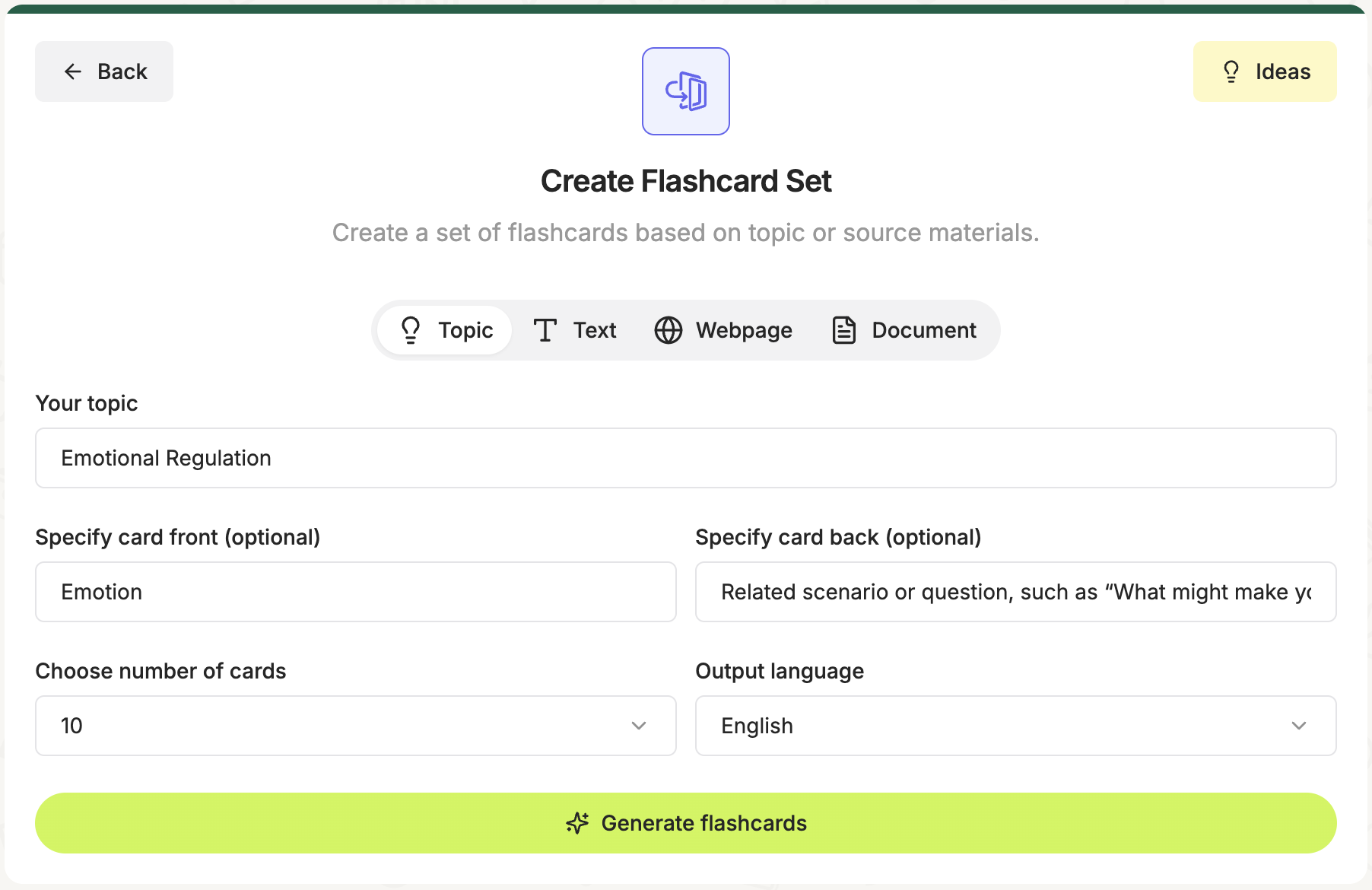
These flashcards, once generated, can then be assigned to students. With a quick scan of a QR code, they can access the set of flashcards right from their devices.
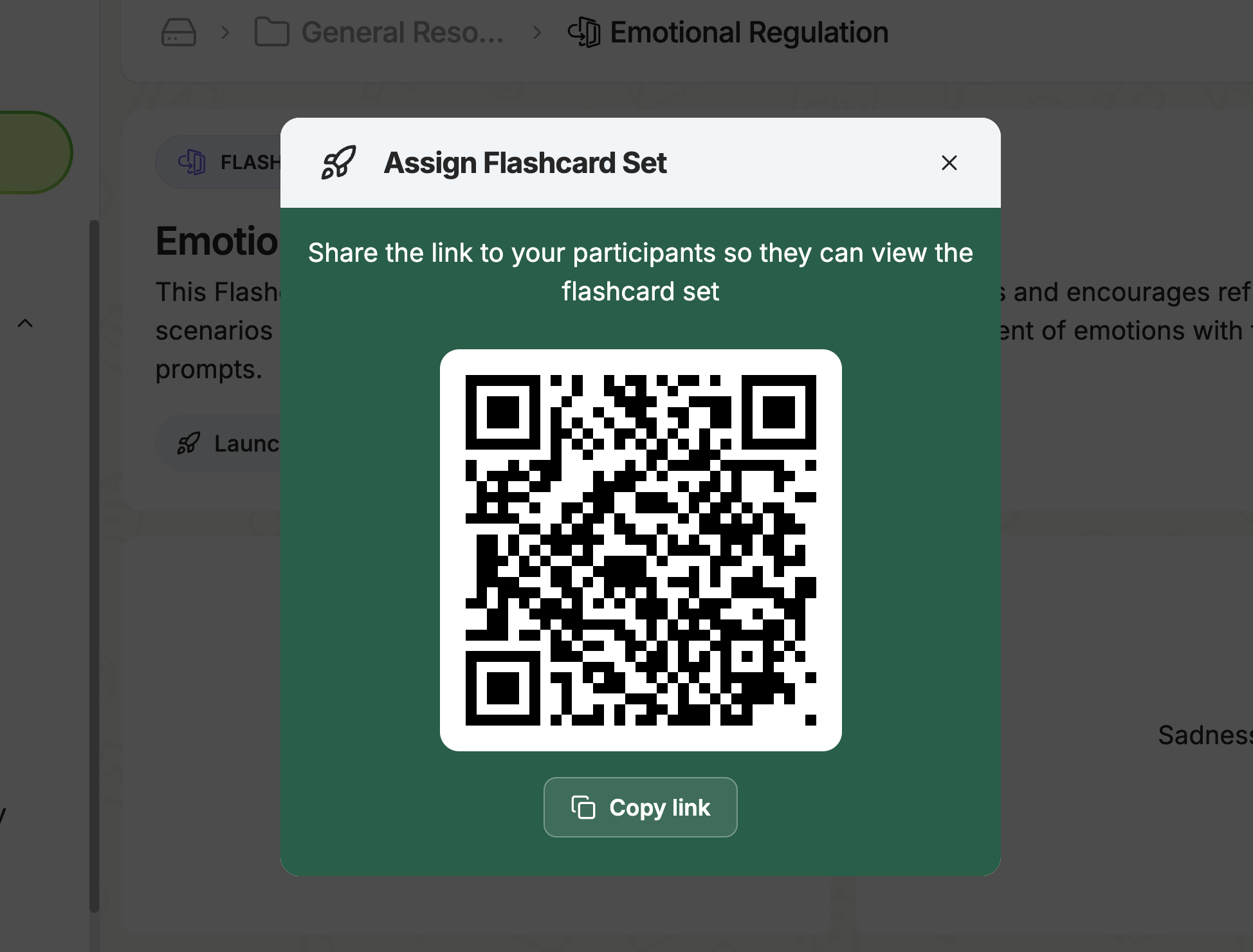
data-title="Get started with Edcafe AI for free"
data-description="Create AI lesson plans, slides, flashcards, images, chatbots, and more in seconds. Sign up for a forever free account today."
data-product="edcafe"
>
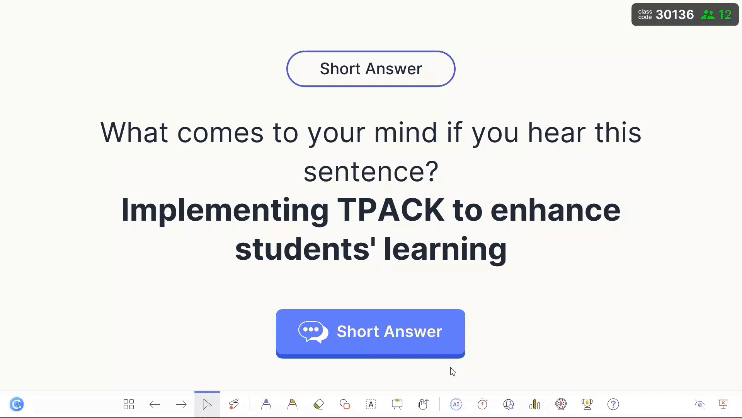
Comments
Post a Comment